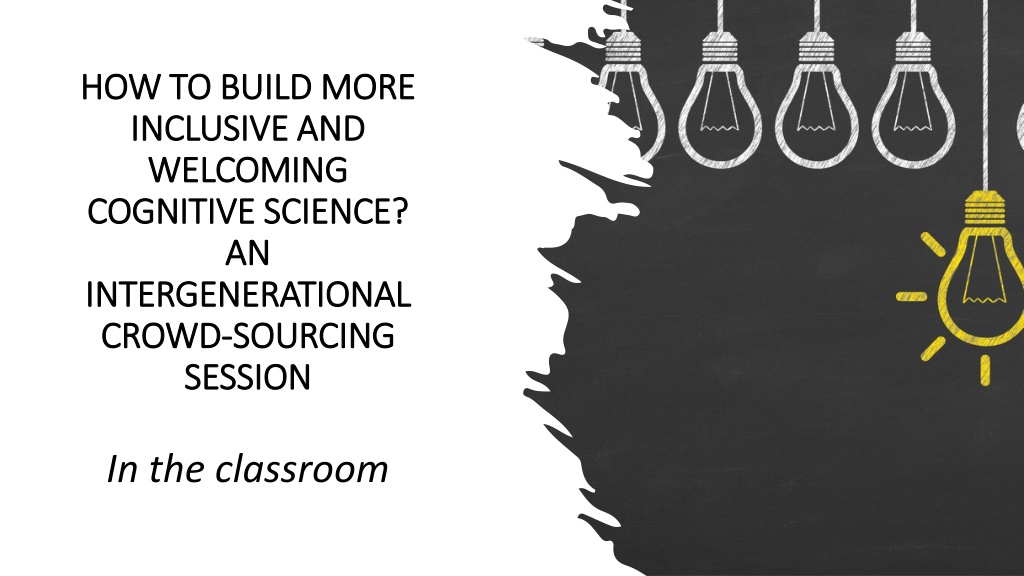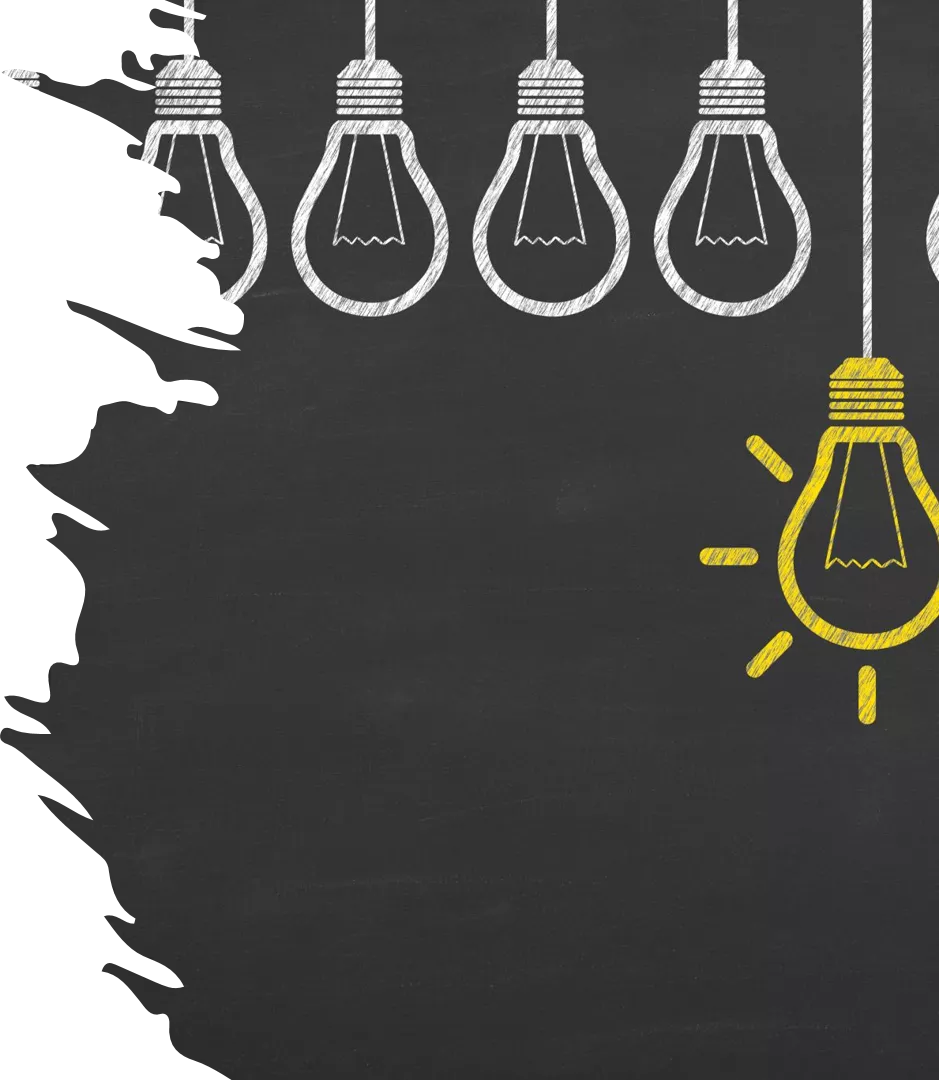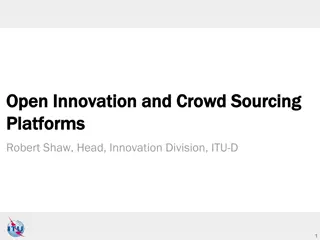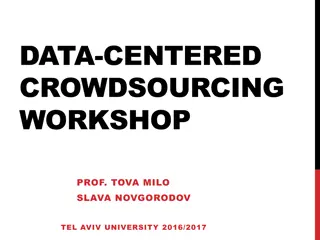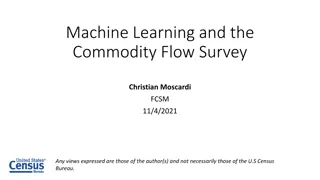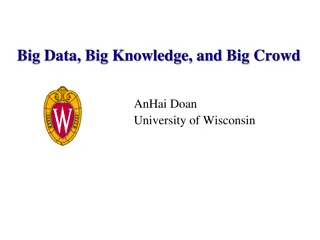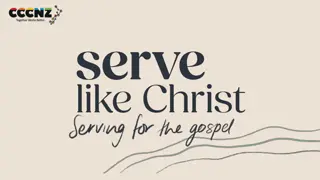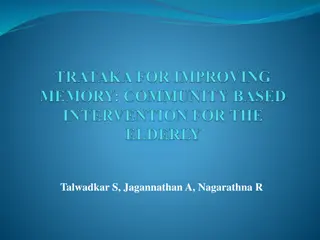Enhancing Cognitive Science through Inclusive Intergenerational Crowdsourcing in the Classroom
Explore innovative strategies to foster inclusivity and welcome diversity in cognitive science education. Discover practical tips and tricks across universal design, classroom environment, and remote learning settings to create a more accessible and engaging learning environment for all students.
Download Presentation

Please find below an Image/Link to download the presentation.
The content on the website is provided AS IS for your information and personal use only. It may not be sold, licensed, or shared on other websites without obtaining consent from the author. Download presentation by click this link. If you encounter any issues during the download, it is possible that the publisher has removed the file from their server.
E N D
Presentation Transcript
HOW TO BUILD MORE HOW TO BUILD MORE INCLUSIVE AND INCLUSIVE AND WELCOMING WELCOMING COGNITIVE SCIENCE? COGNITIVE SCIENCE? AN AN INTERGENERATIONAL INTERGENERATIONAL CROWD CROWD- -SOURCING SOURCING SESSION SESSION In the classroom
Tips and tricks3 broad categories Universal design Classroom environment Remote learning
Some tips and tricksuniversal design Distribute anonymous survey ahead of time to get to know your students and their needs. Consider how you address principles of UDL and access in your syllabus. Rather than require formal documentation for accessibility requests, provide clear information about how to request accommodations. Offer alternative ways of completing assignments. Believe your students.
Some tips and tricksuniversal design Check to ensure your materials are accessible high contrast fonts, screen readable, etc. Use a microphone in lage classrooms. Provide your slides (ahead of time if possible). Investigate assistive technologies. Illustrate through multiple media. Offer diversity, choice and flexibility in your assessment methods.
Some tips and tricksclassroom environment Syllabus statement to start cover respect, harassment, bias, racism, and bullying Call on women/BIPOC students first Uncover hidden curriculum (The Privileged Poor re: office hours) Don t only use western examples and/or cultural references
Some tips and tricksclassroom environment Select reading material for the syllabus that includes minoritized authors/researchers including papers about non-English speaking, monolingual, college students is important Use representative images of human beings Don t include gender as a binary variable in stats Discuss power differential in cross-cultural work
Some tips and tricks--remote learning Don t require students to have their video on accept questions and comments in chat. Start the course by asking students to customize their settings on the platform with a picture, their preferred name, and preferred pronouns. Think about time zones when requiring synchronous participation. Be flexible with assessments technology will fail.
Some tips and tricks--general You don't need to start with sweeping changes all at once. Have students help drive the changes. Have them be partners in the learning. They can be a great help to understanding what they need to be more successful. Enlist the help of other faculty, talk with each other about your experiences implementing UDL and inclusive classroom environments.
Experiences/barriers Wardrobe/appearance, gender issues. More work for the professor up front. Worries that they may mess up and offend unintentionally. Ingrained training that science is neutral, unbiased-- racism, sexism, ableism, etc., are irrelevant. Worries about seeming strident/angry/difficult by your colleagues and students. Worries about rigour and students gaming the system.
